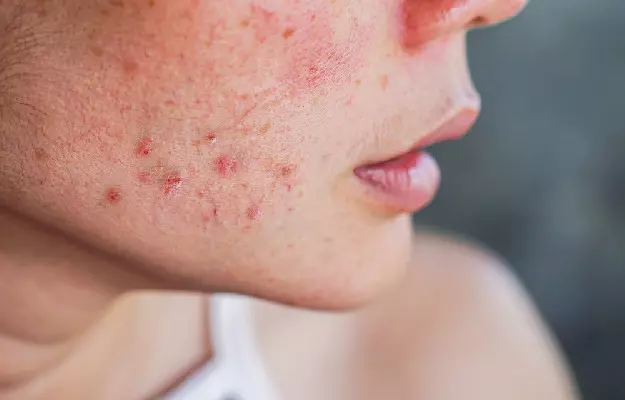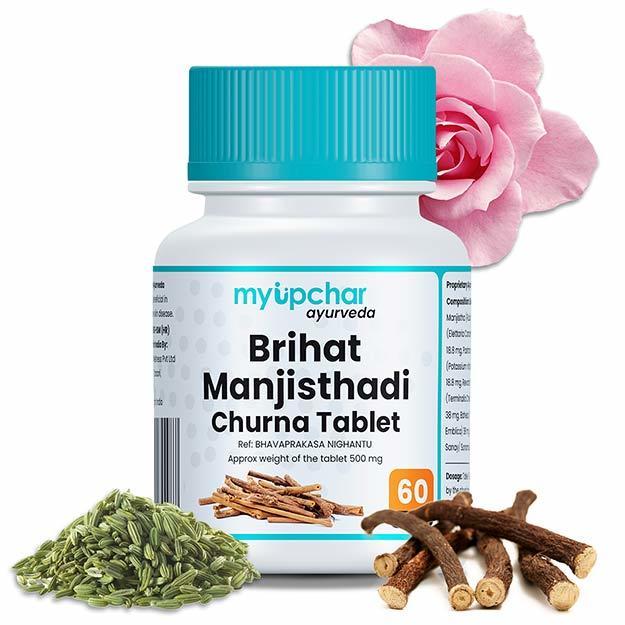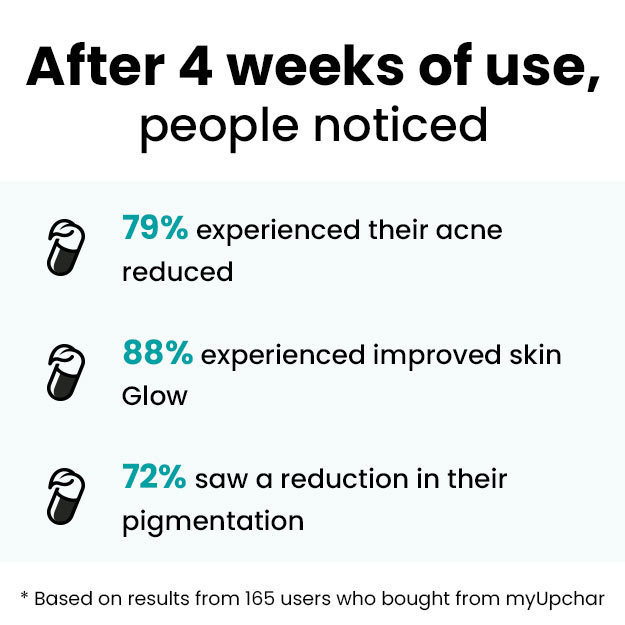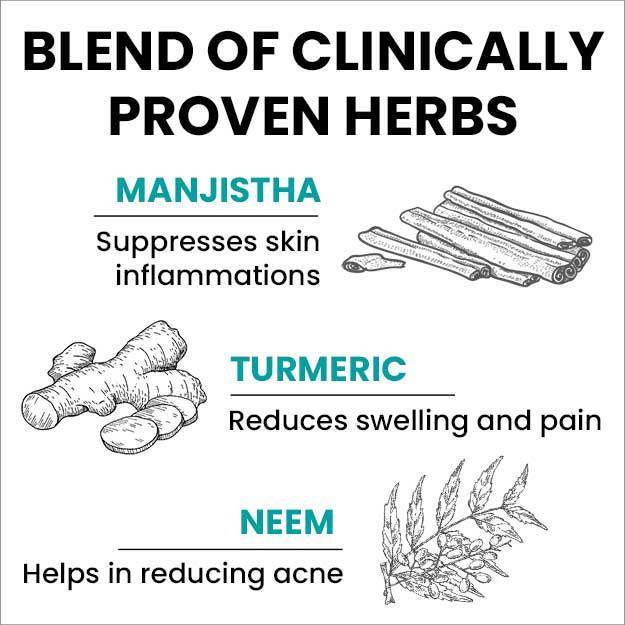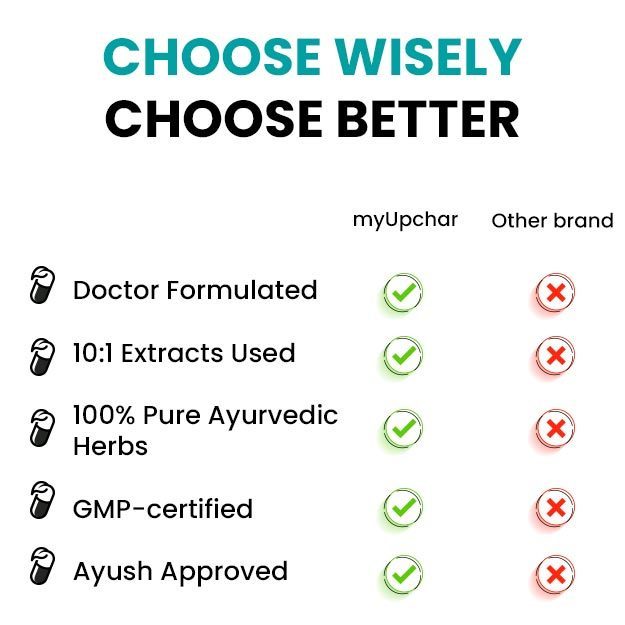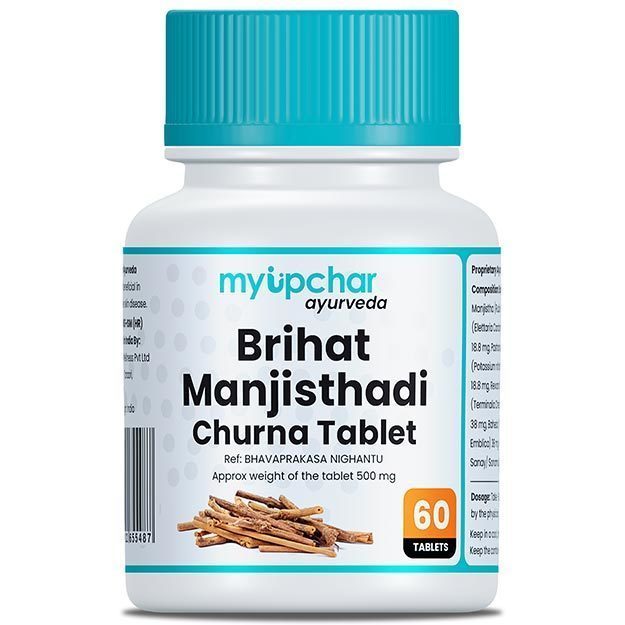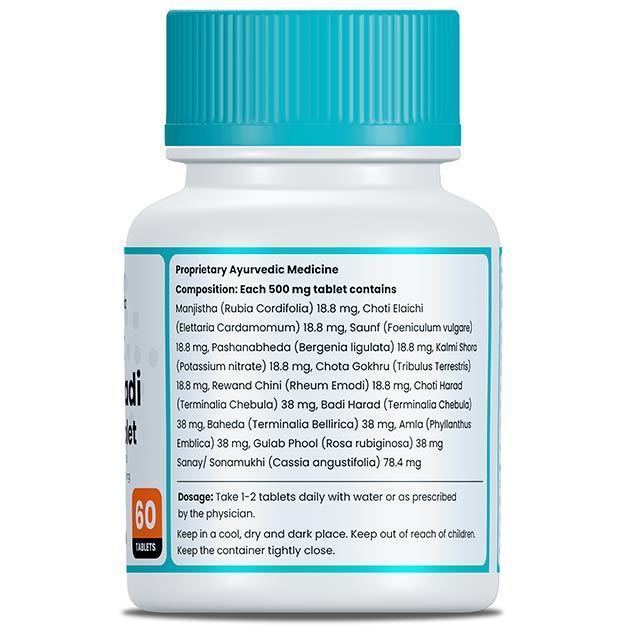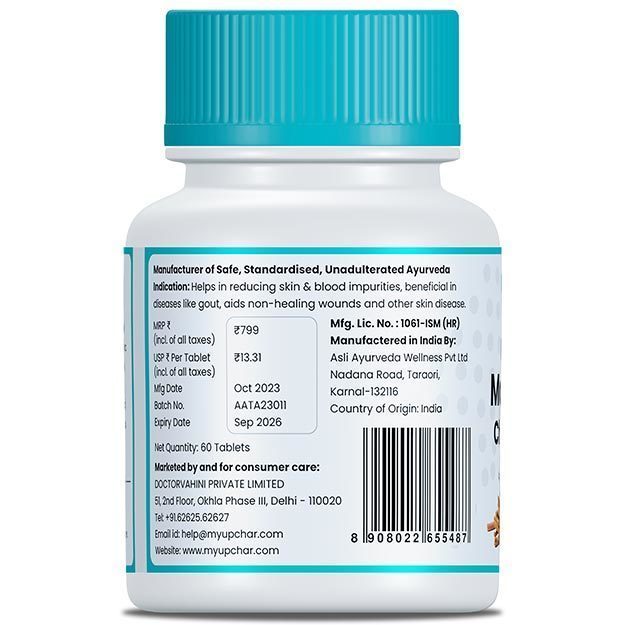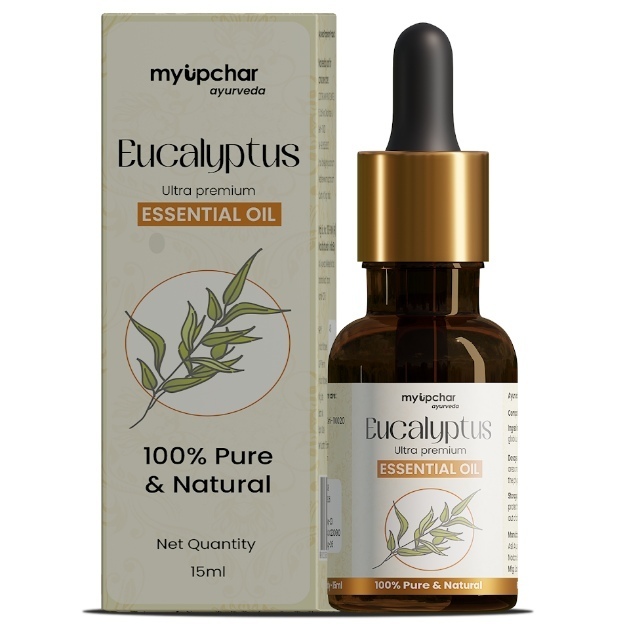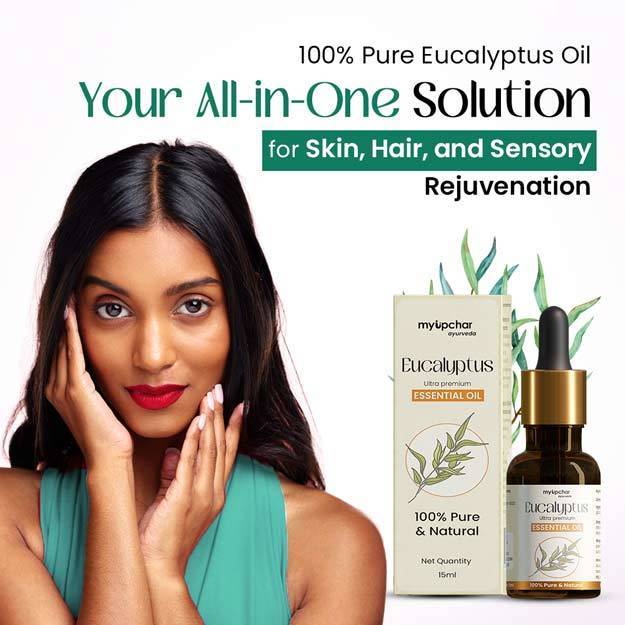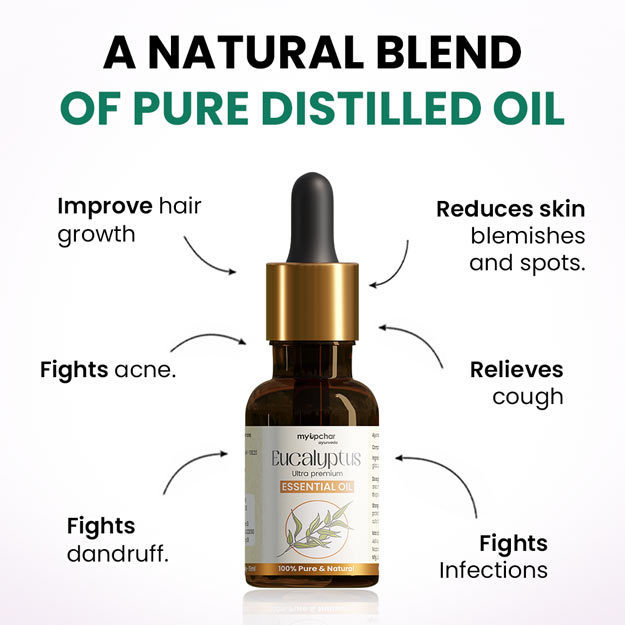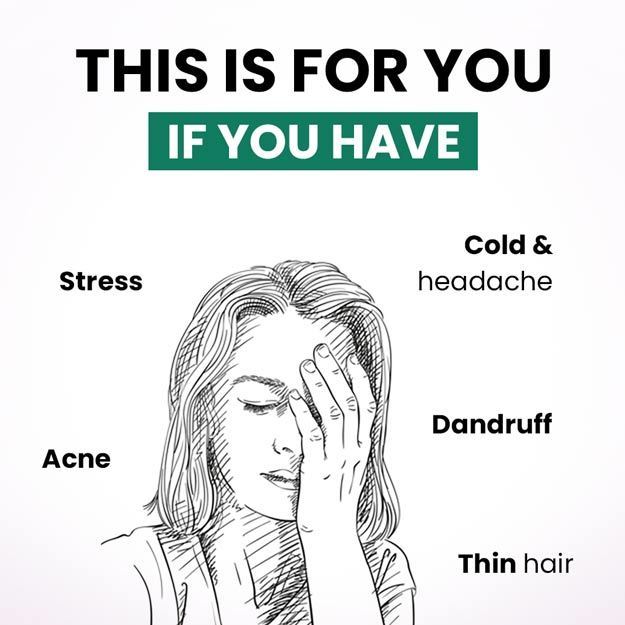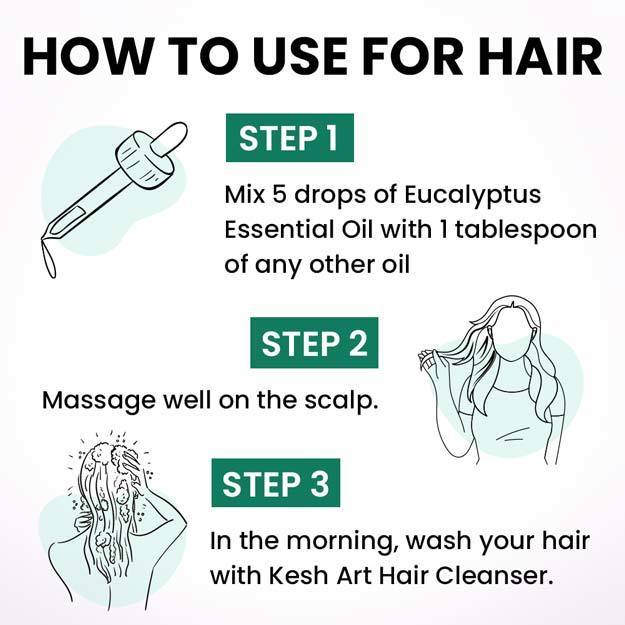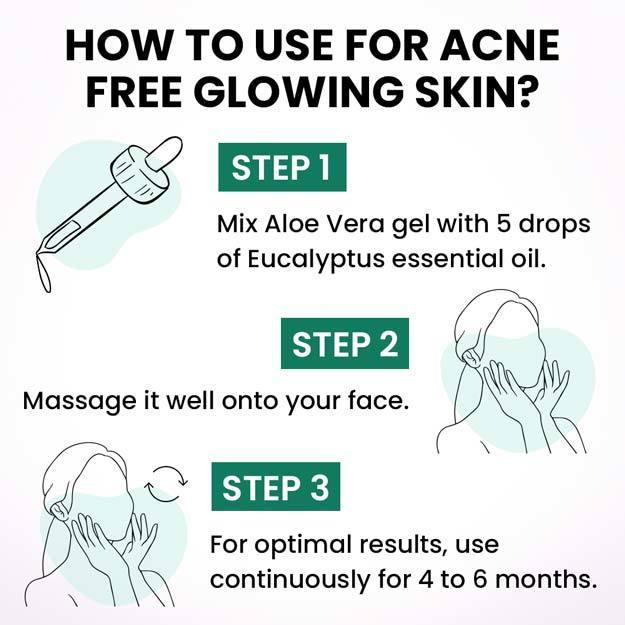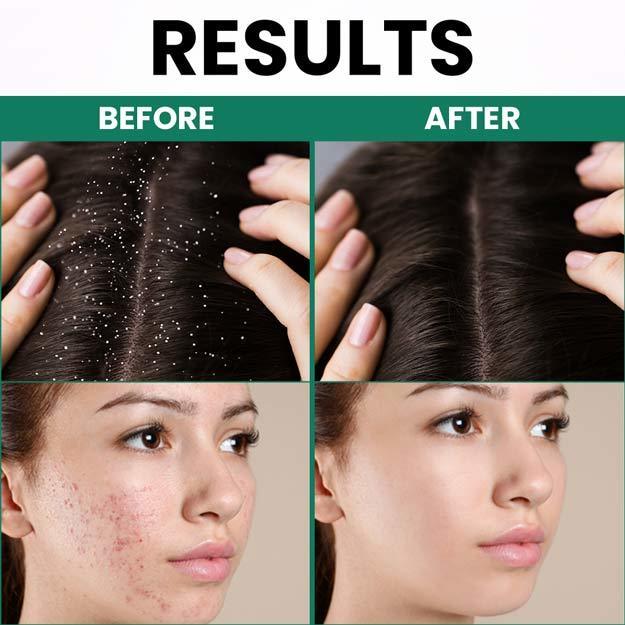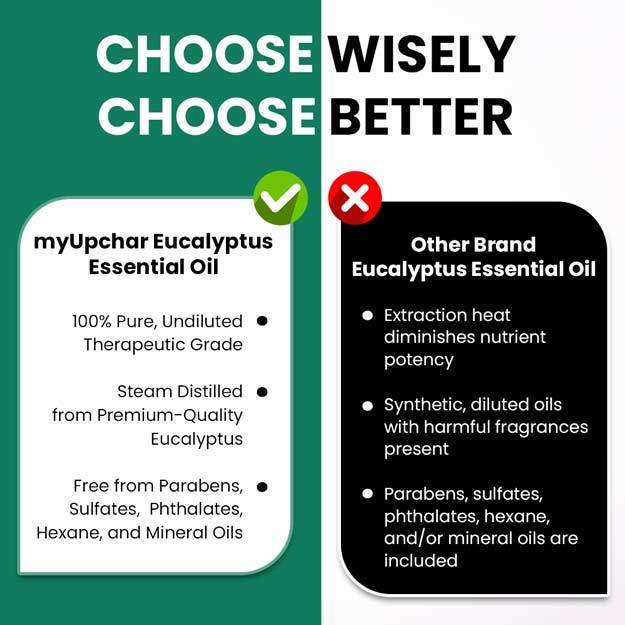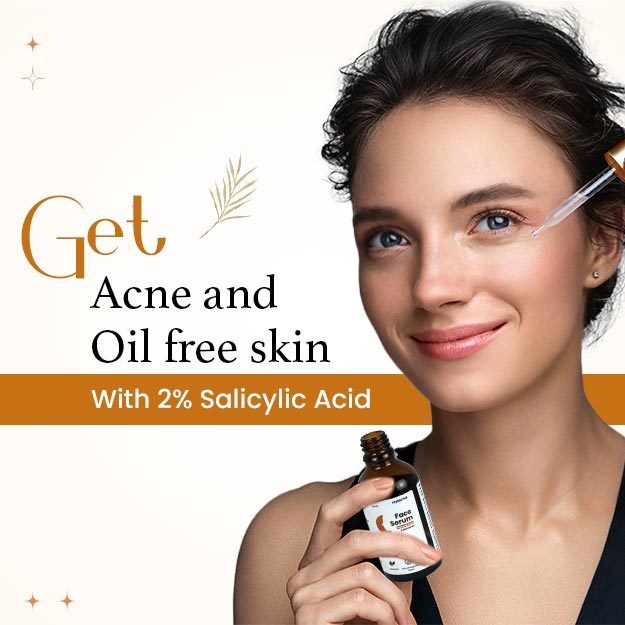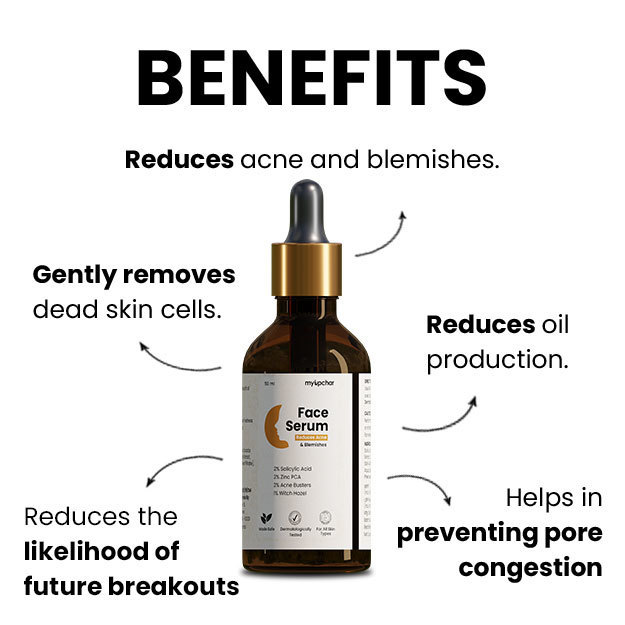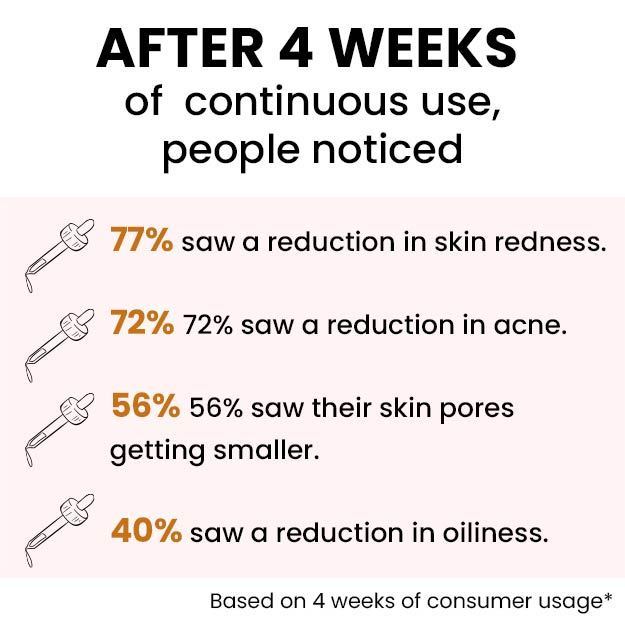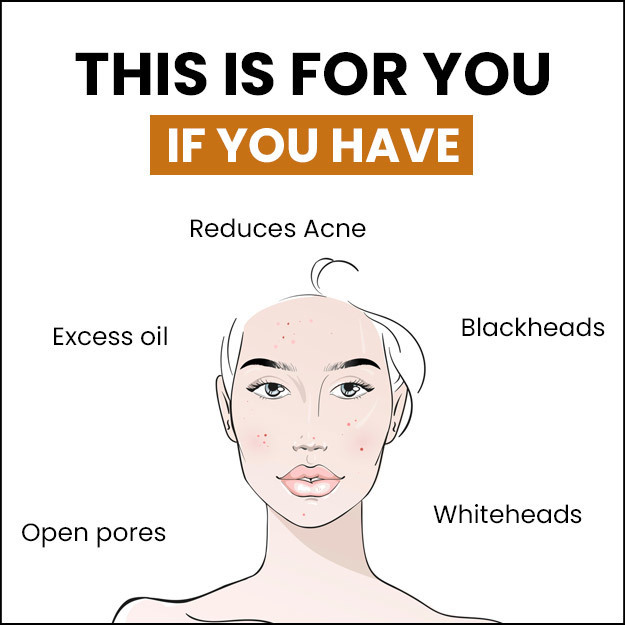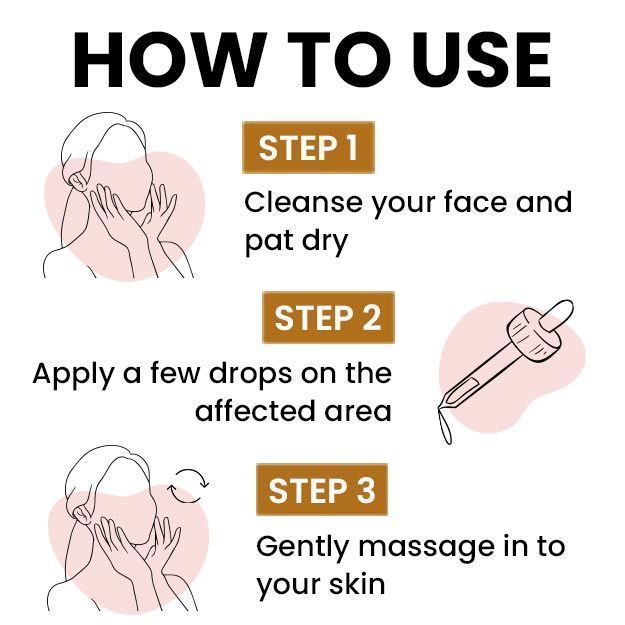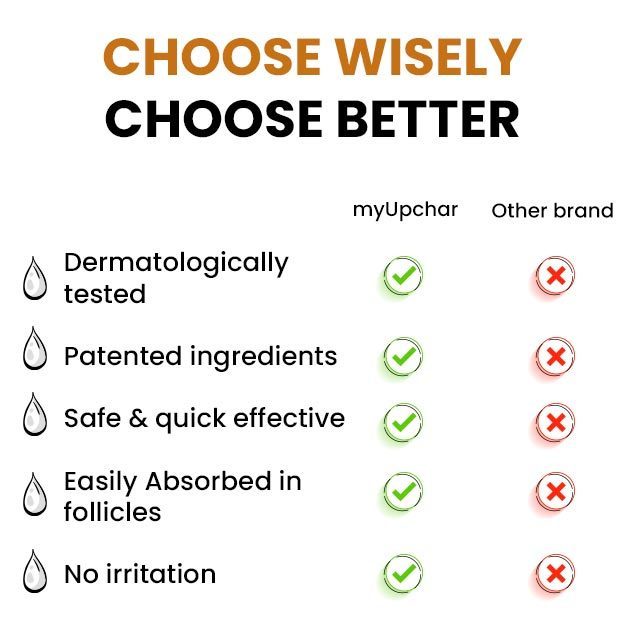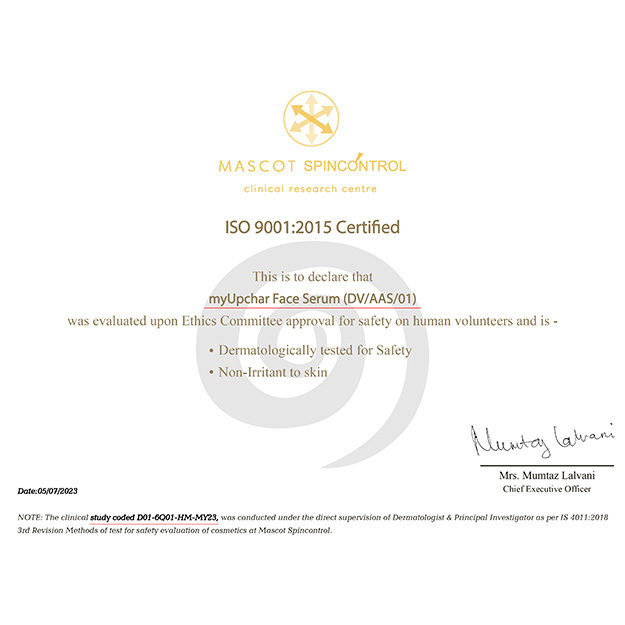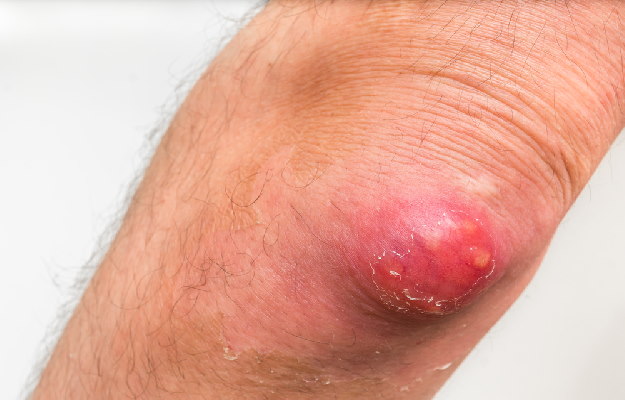You should always be careful when treating facial rashes or skin conditions because the skin on your face is sensitive. You may notice a reaction to the products you are using, even if there are no reactions on other parts of your body. Common medical treatments for yeast infections include:
- Antifungal Cream
- Antifungal Lotion
- Oral Antifungals
- Corticosteroid Creams, Such As Hydrocortisone
- Use Steroid Creams In Combination With Antifungals To Treat Yeast Infections.
People can use antifungal medications to treat yeast infections on the face. Topical antifungal products are available as creams, gels, ointments, or sprays that can be applied directly to the face. Examples of antifungals may include:
- Econazole (Spectazole)
- Ketoconazole (Nizoral)
- Clotrimazole (Canesten)
- Terbinafine (Lamisil)
- Miconazole (Monistat)
- Amphotericin B (Fungizone)
- Fluconazole (Diflucan)
Yeast infections can occur in hot and humid weather. Make sure they dry themselves thoroughly after physical activity or sweating. Using terbinafine and ciclopirox (Loprox) cream along with cortisone cream can reduce inflammation. Future yeast infections can be prevented by taking good facial care. Use very limited products so that there are no allergies.
Read more - (How to get soft and smooth skin)
Home Remedies For Yeast Infection On Face
If you want to treat your yeast infection at home, there are several natural home remedies that can give you relief from your symptoms.
Coconut Oil – Coconut oil has many healing properties and is known to provide relief for various skin conditions. It will also hydrate your skin.
Tea Tree Oil – To get relief from facial yeast infection, apply tea tree oil directly on the face or it can be mixed into lotion.
Olive Oil – Olive oil contains antifungal which not only eliminates yeast infection but also softens the skin.
Read more - (Daily skincare routine)

